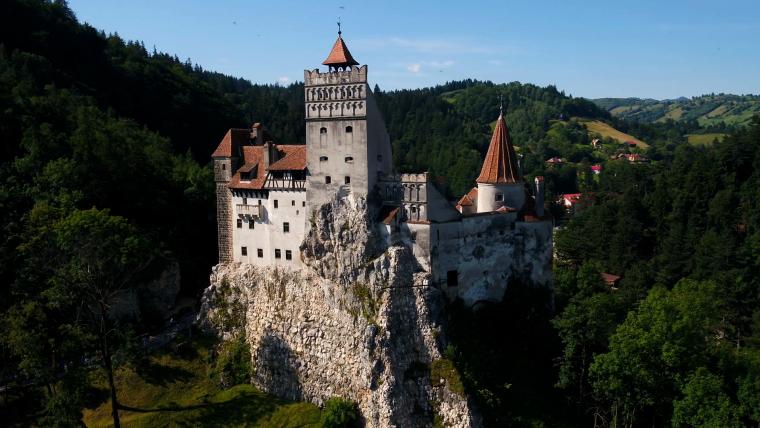
The true Transylvania: Discover the history of a region riddled in mystery
Transylvania has become synonymous with gothic castles, cathedrals, and vampires. But this is no small and spooky village run by Count Dracula. Spanning several cities in central Romania, Transylvania is better characterised by vast, pastoral farms set against the backdrop of the Transylvanian Alps and the Carpathian and Bihor Mountains. In this region riddled with eerie tales, reality is richer than legend.
Looming over the Brașov landscape, Bran Castle was built in the 1300s and is now a private museum. Transylvania’s most well-known building is marketed as the home of Bram Stoker’s infamous count. The character of Dracula was modelled on Vlad the Impaler who ruled in the 1400s and earned a reputation for skewering his enemies on spikes. Among the castle’s relatively tame exhibits of art collections and historical farm structures, visitors can enter a chamber filled with 52 medieval instruments of torture. Despite the museum’s ability to turn fear into fascination, Bran Castle was originally a tower of defence and is not related to the fictional vampire.
To uncover Transylvania’s true history, travel beyond the usual draw cards and traverse both its rural and urban counties. Three hours away from Brașov, the city of Alba Iulia is home to the Alba Carolina Citadel – the largest in Romania. This fortress was built in the early 1700s by 20 000 peasants. The surrounding museums and places of worship, unmissable in their design and features, showcase the beliefs and cultures that influence Transylvania today. Coronation Cathedral is built in the shape of a Greek cross, and has a 58-metre bell tower greeting visitors at its entrance, while St Michael's Cathedral houses the tombs of former royals and an elaborate organ with 2 209 pipes. Time your visit with the citadel’s daily guard change at midday to see Transylvania’s historical regalia.
While in Alba County, go further back in time to the 14th-century Aiud Citadel. With names such as Potters’ Tower, Cobblers’ Tower, and Rope-Makers’ Tower, eight of the nine towers of this fortress honour the guilds of tradespeople that ensured the town of Aiud’s early success. To witness what living in a historical village was like, venture farther out to one of the 150 Saxon villages that dot the southern regions. Locals here continue as they did hundreds of years ago by farming within their backyards. Horses clop down dirt roads and sheep absentmindedly graze communal lands while chickens peck at the dirt. Villagers grow their own vegetables, milk their own cows, slaughter their own meat, and pickle their own fruit according to their needs. Their houses and smallholdings, some over 200 years old, are a stark contrast to the towering forts and castles, but reveal just as much of Transylvania’s character.
An understanding of the region’s culture isn’t complete without a full immersion into one of its most colourful displays of community – dance. Performed at weddings, birthdays, markets and festivals, Romanian folk dances are intrinsic to the locals' way of life. Some of the choreography differs according to where people are from, but all contain common elements as dancers move in unison to tell the tales of Transylvania. Unlike the dramatic legends and myths that have come to define the area’s history, these are the stories of a simple, yet joyous life that’s being preserved for centuries to come.
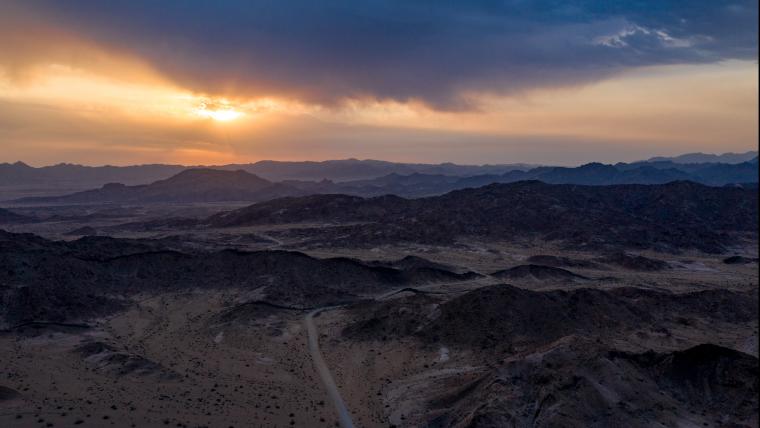
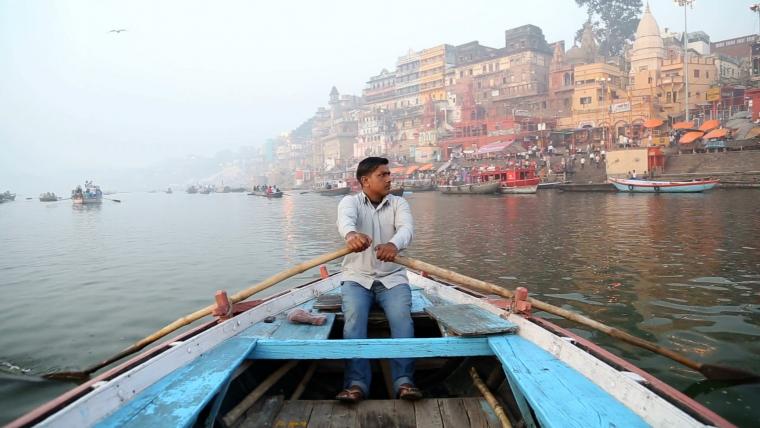
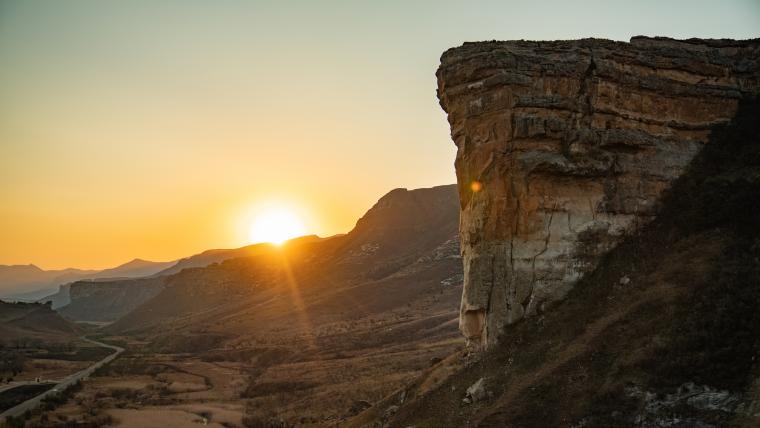
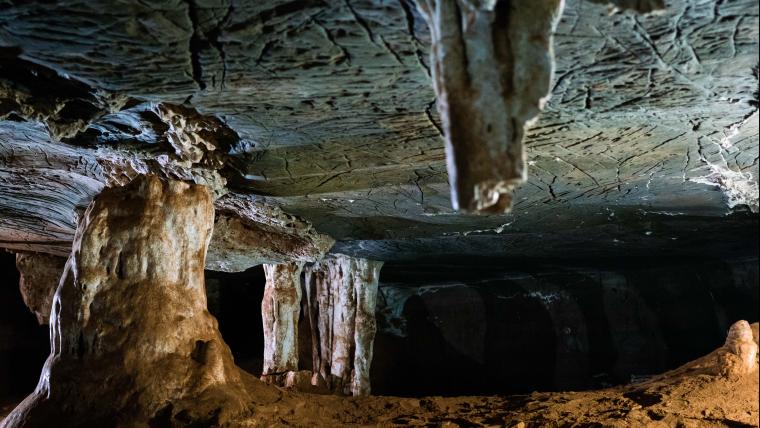
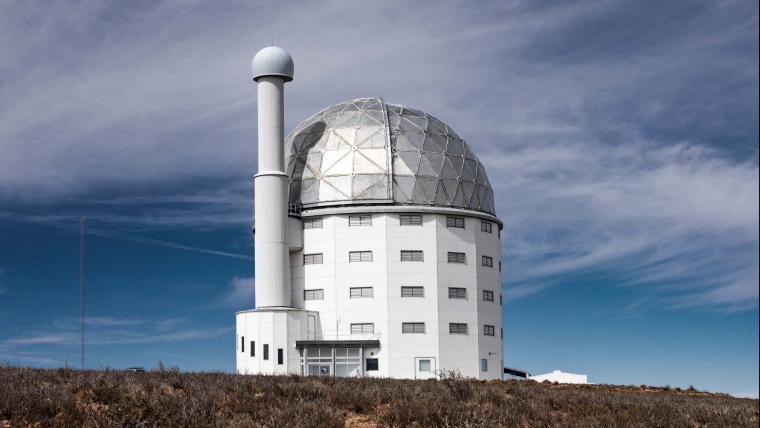
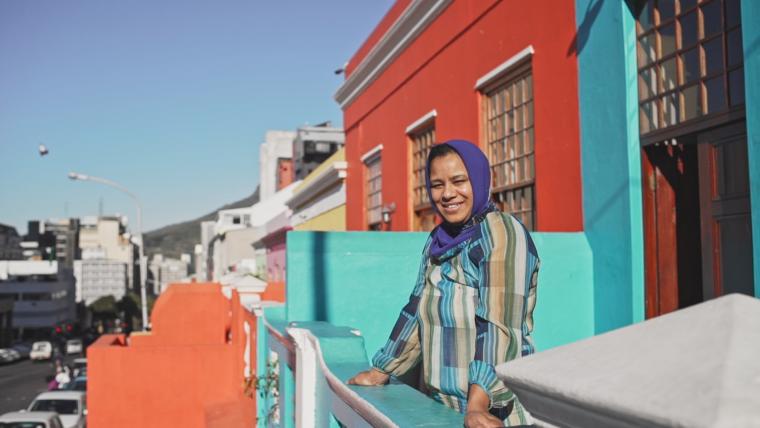
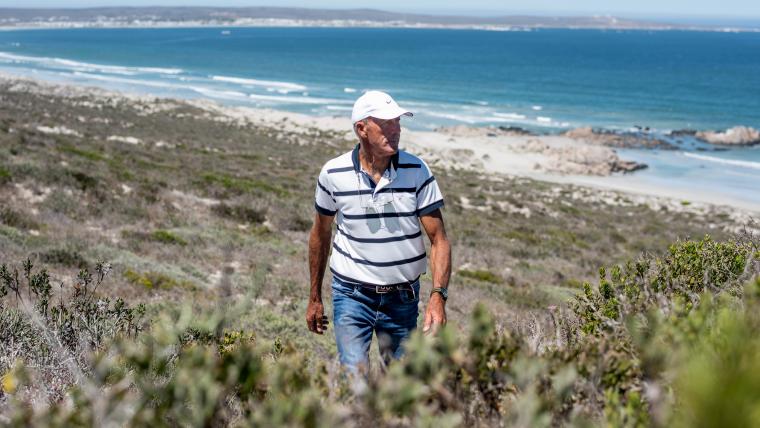
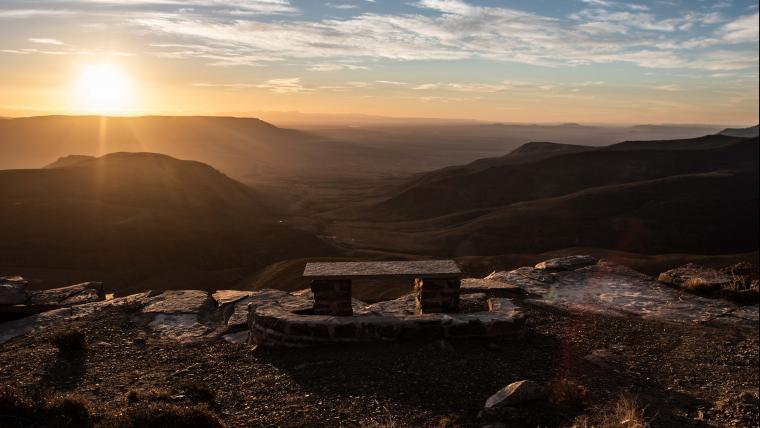

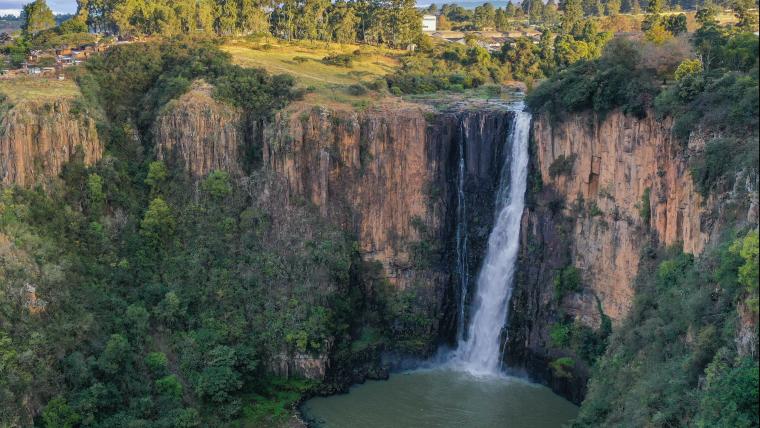




















Please sign in to leave a comment